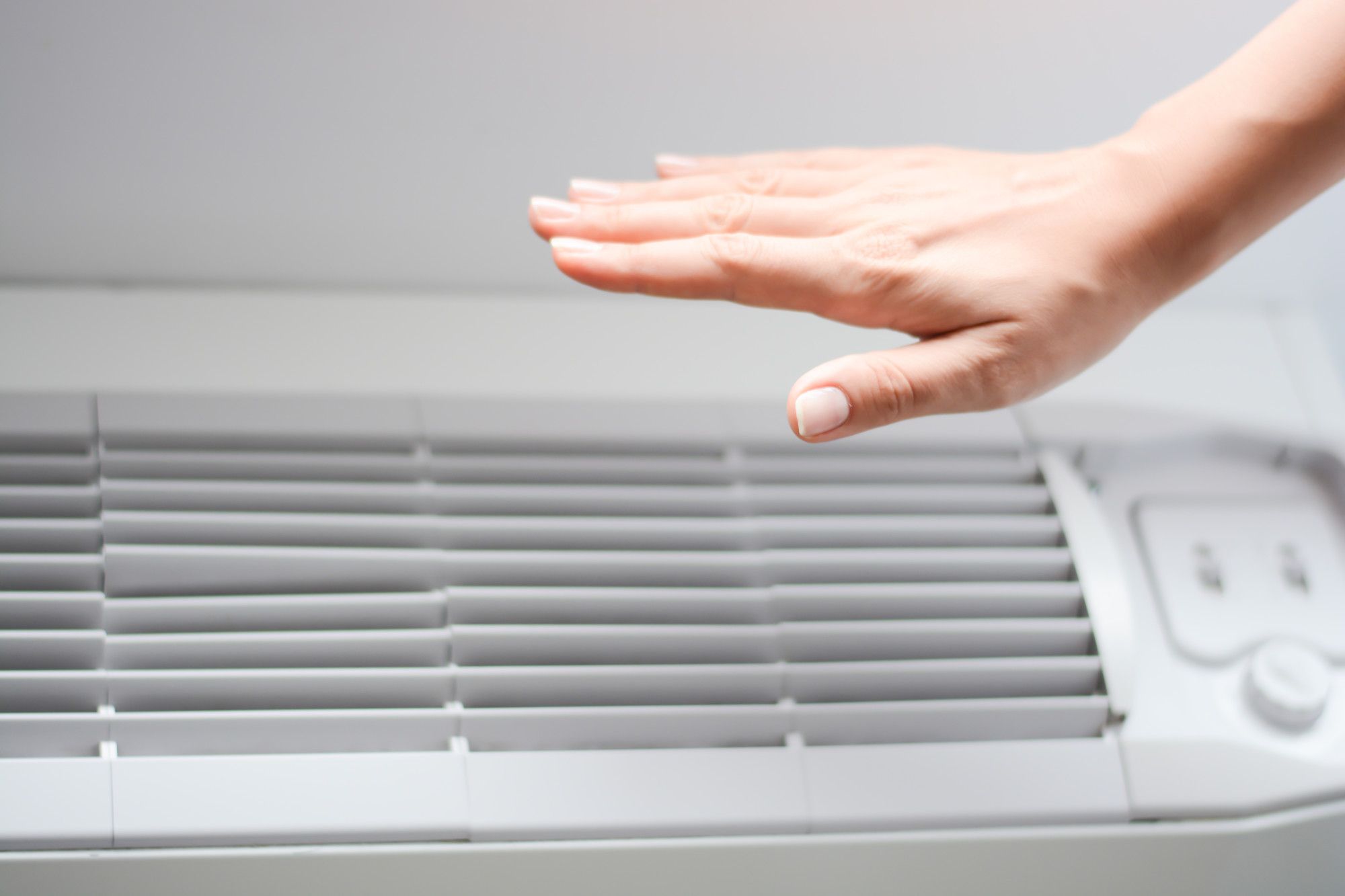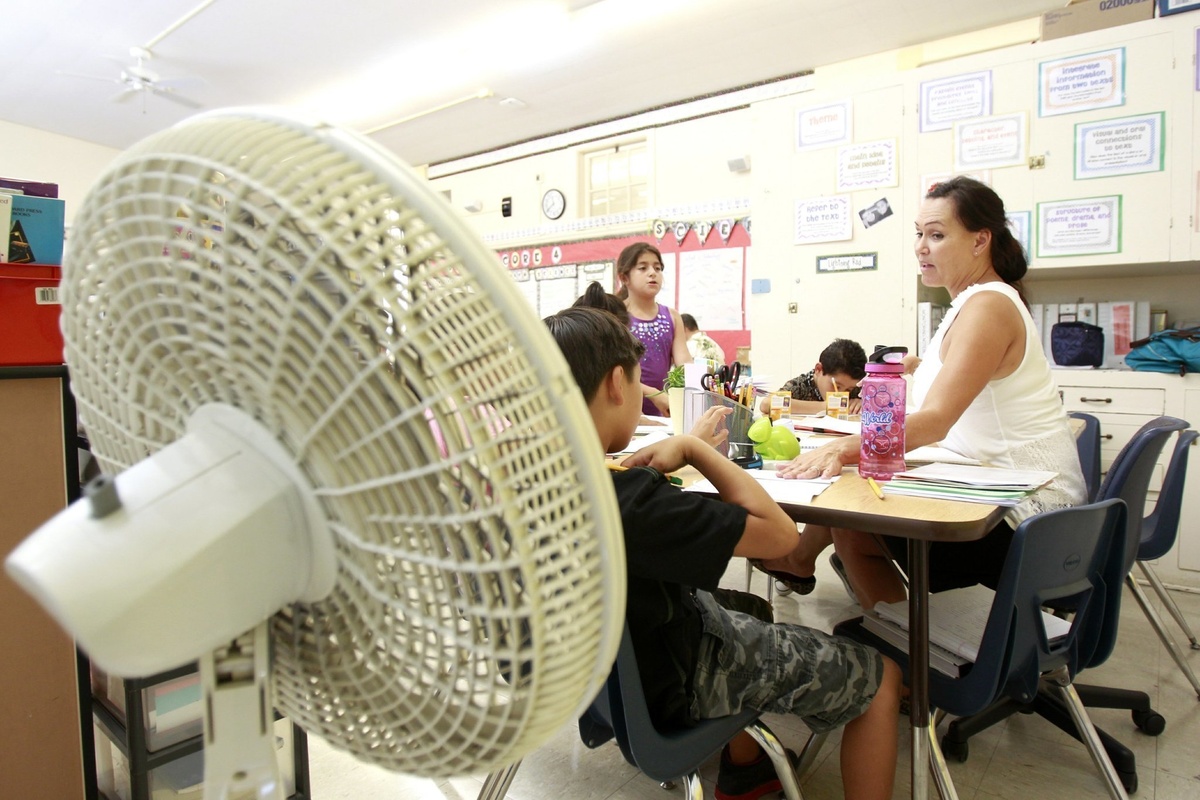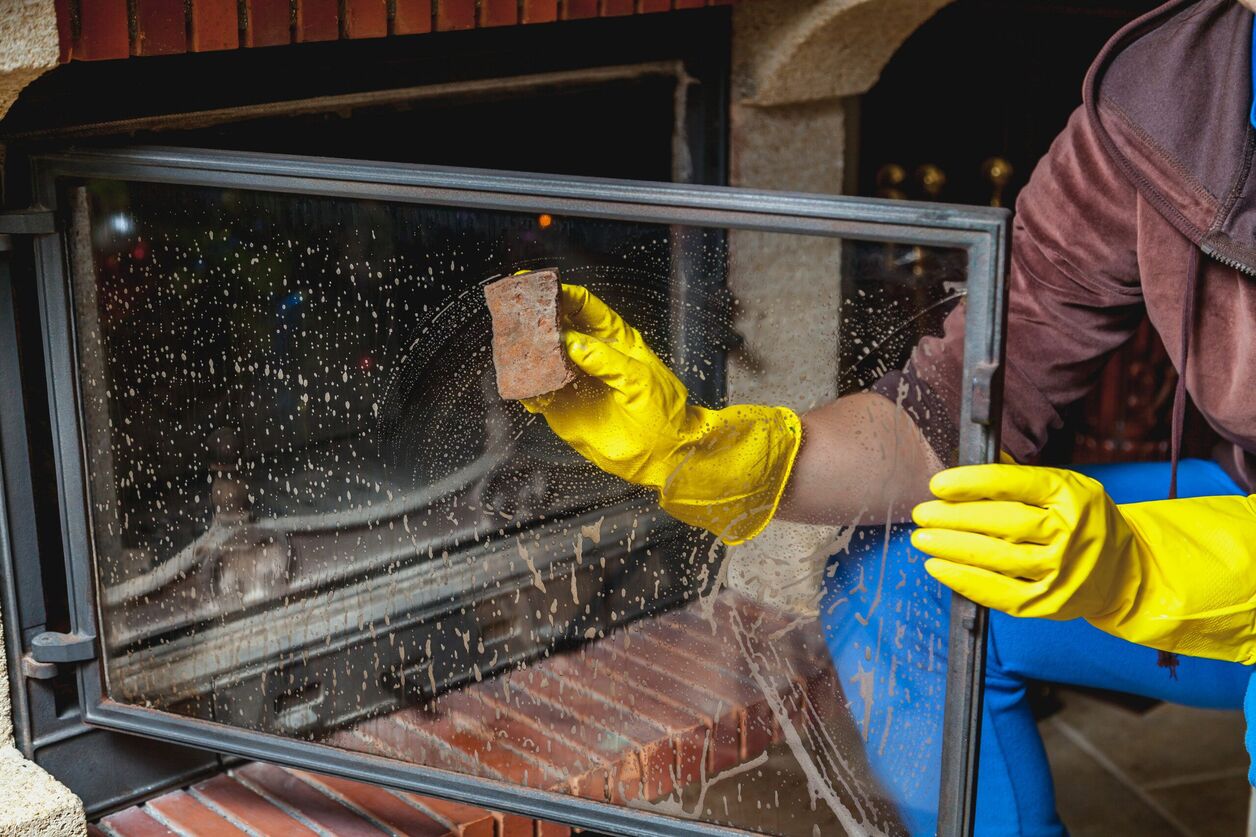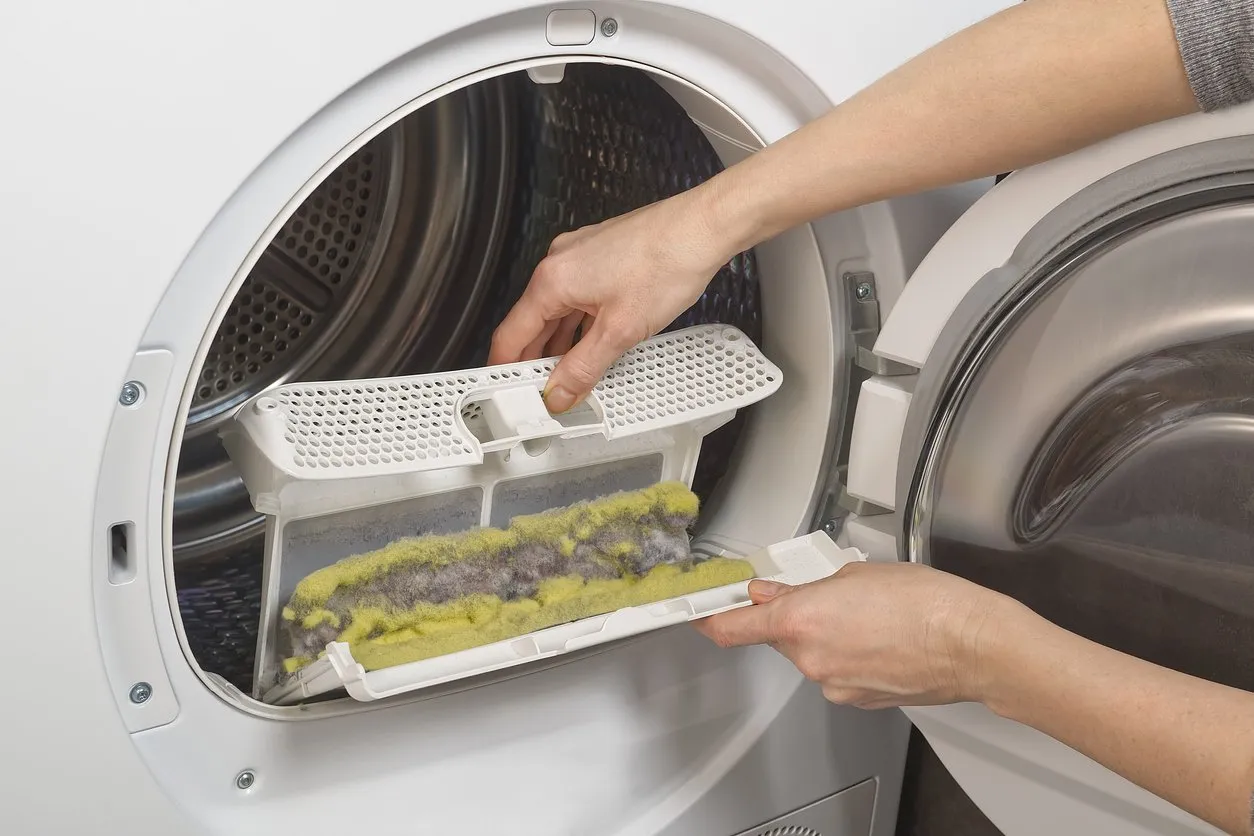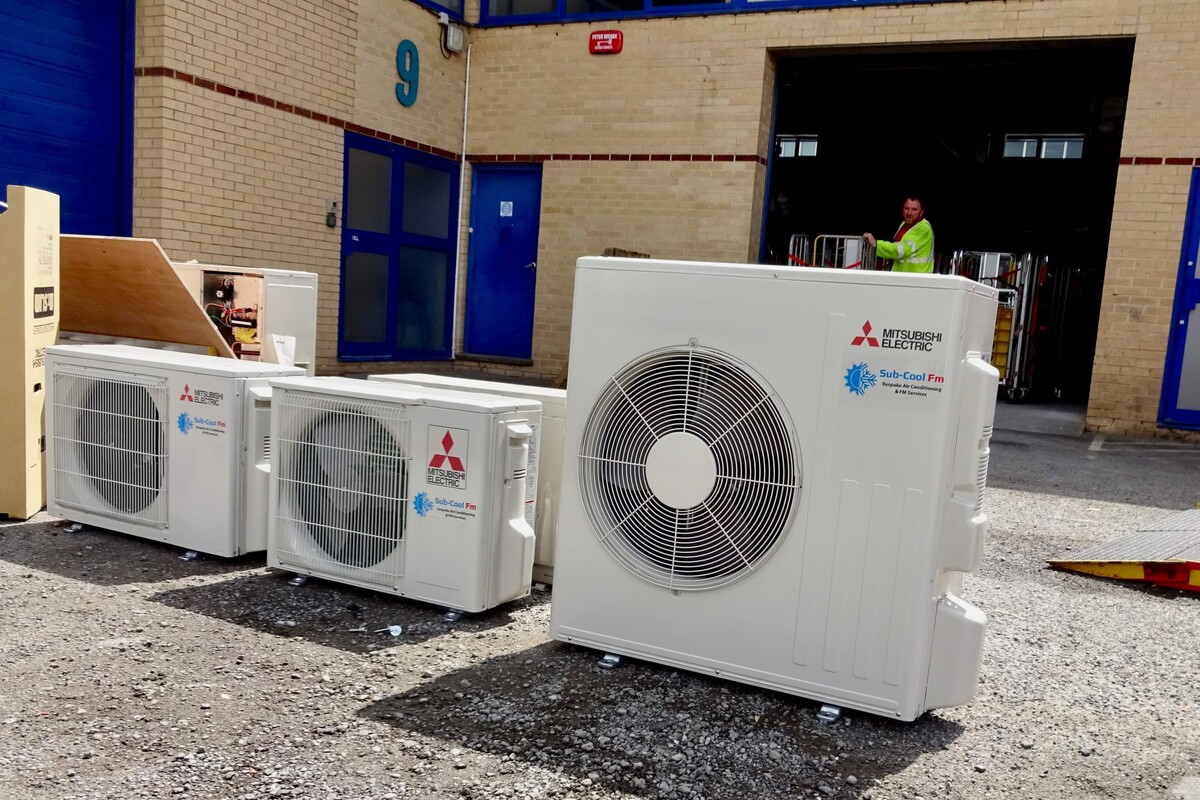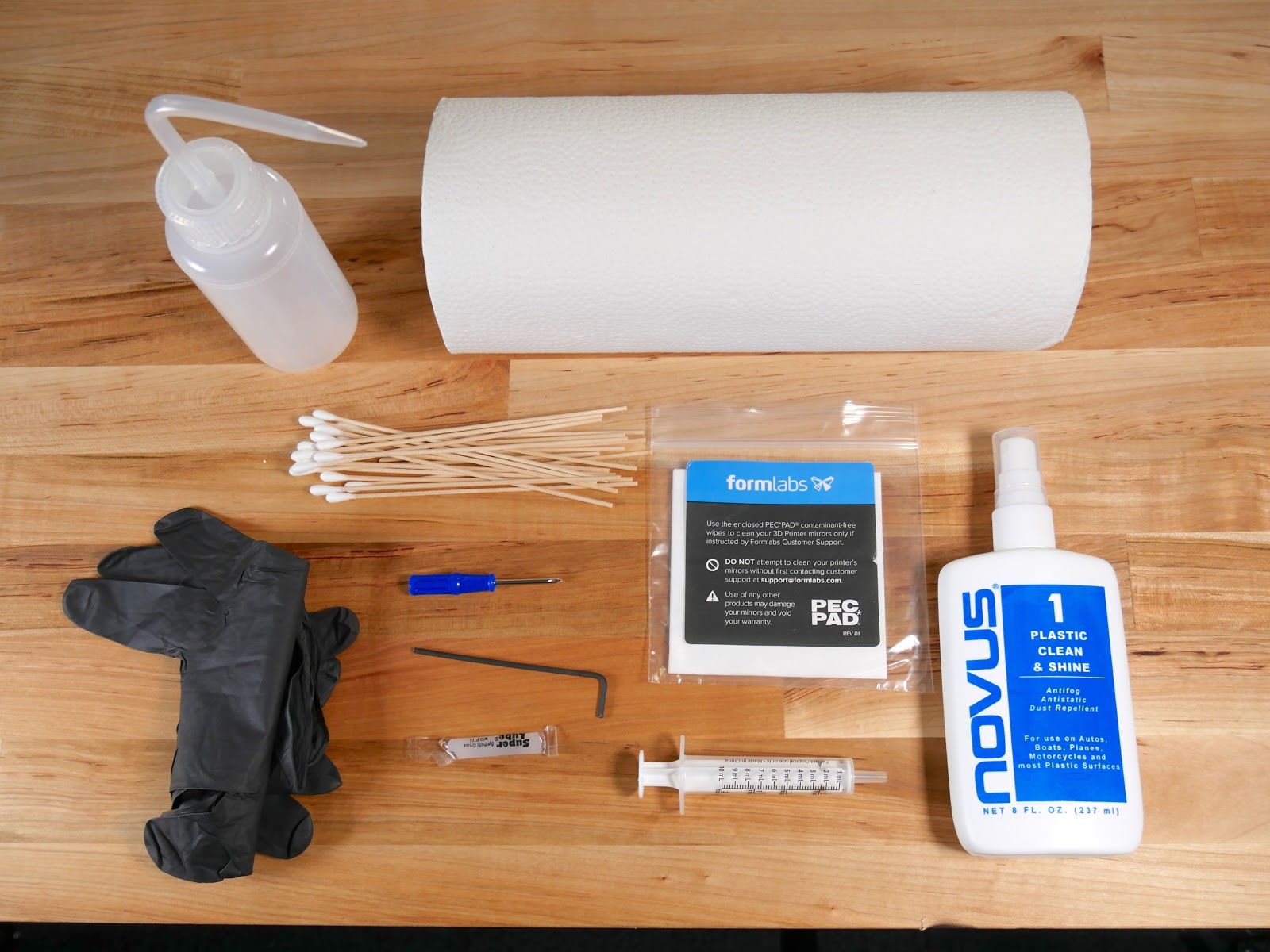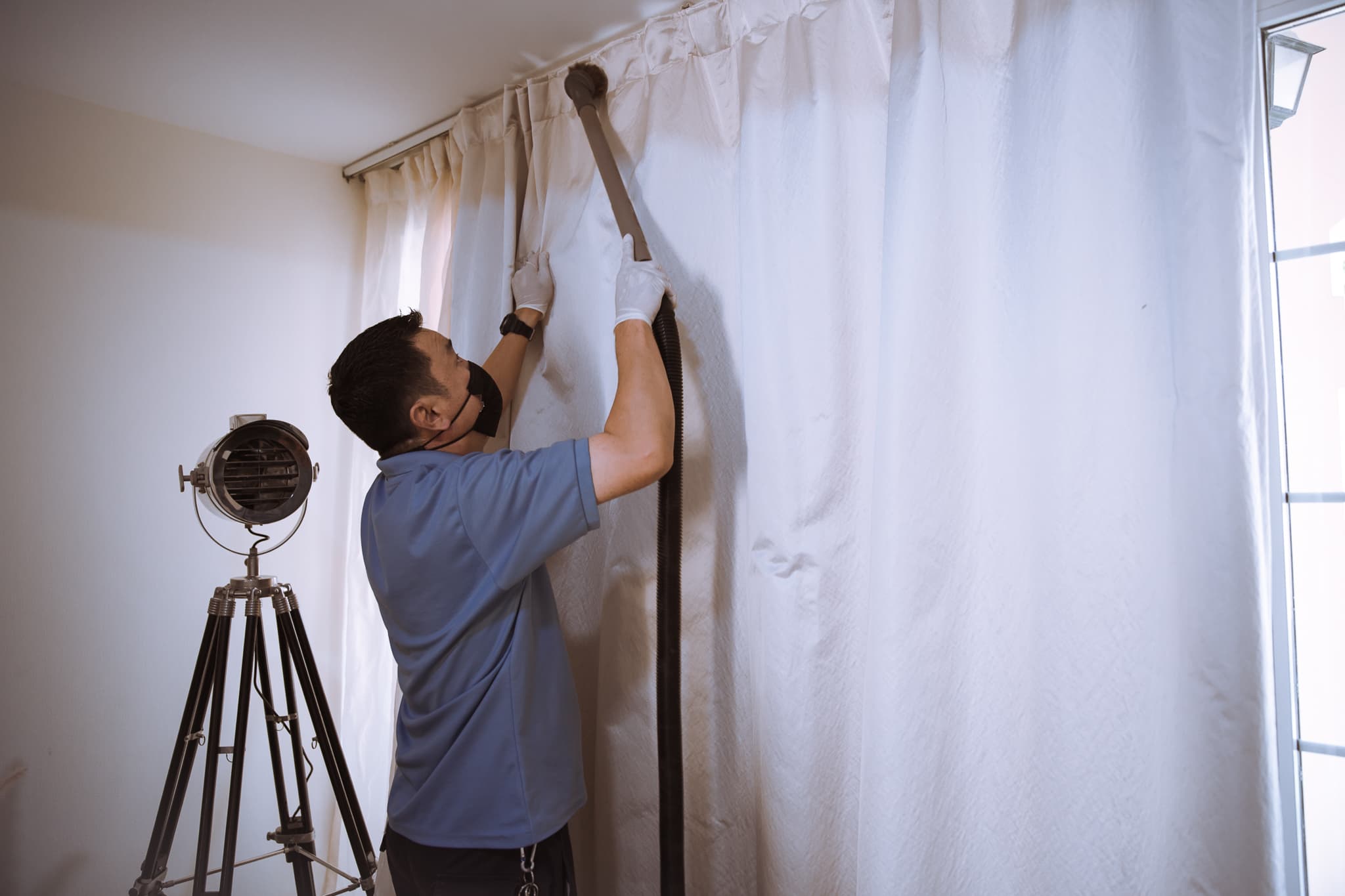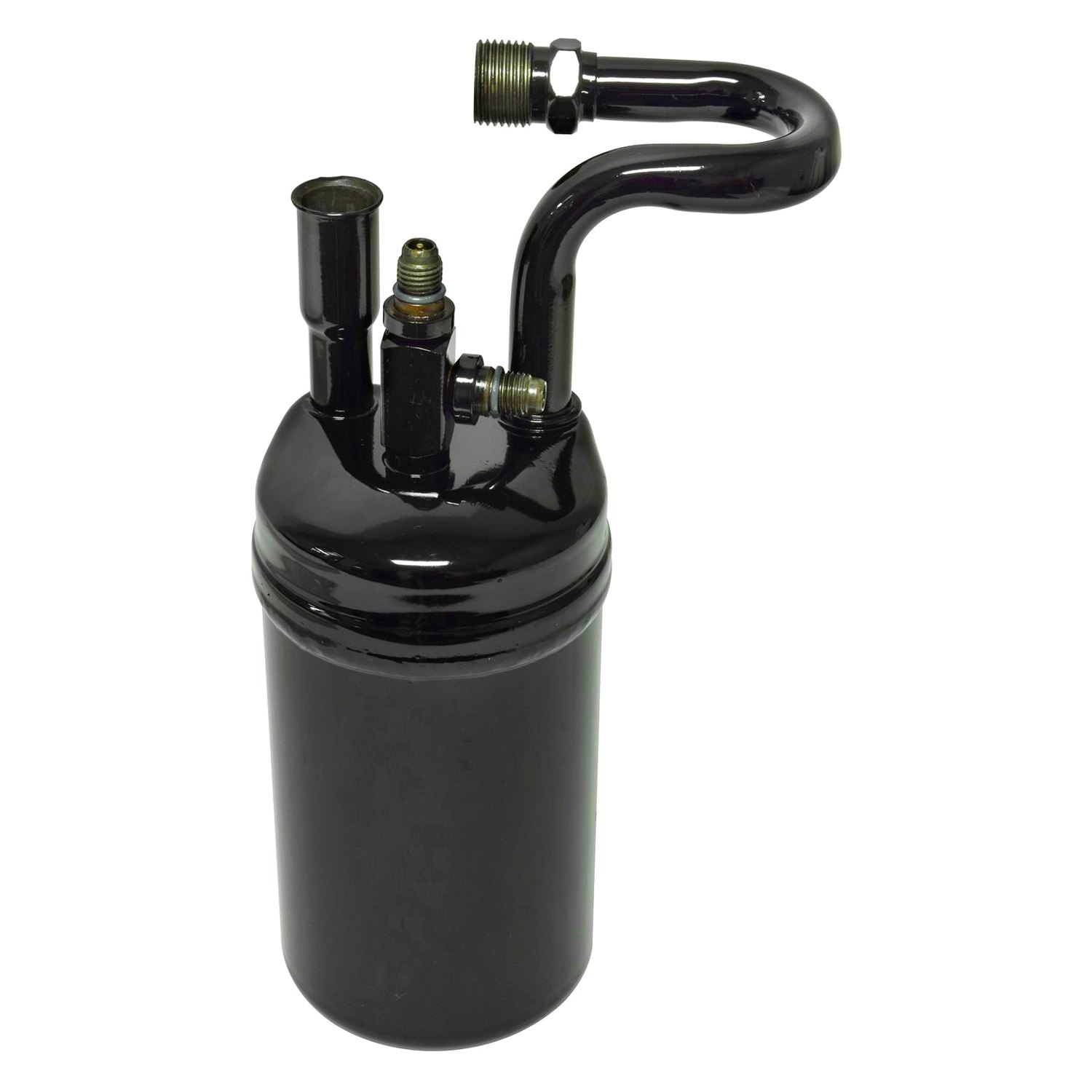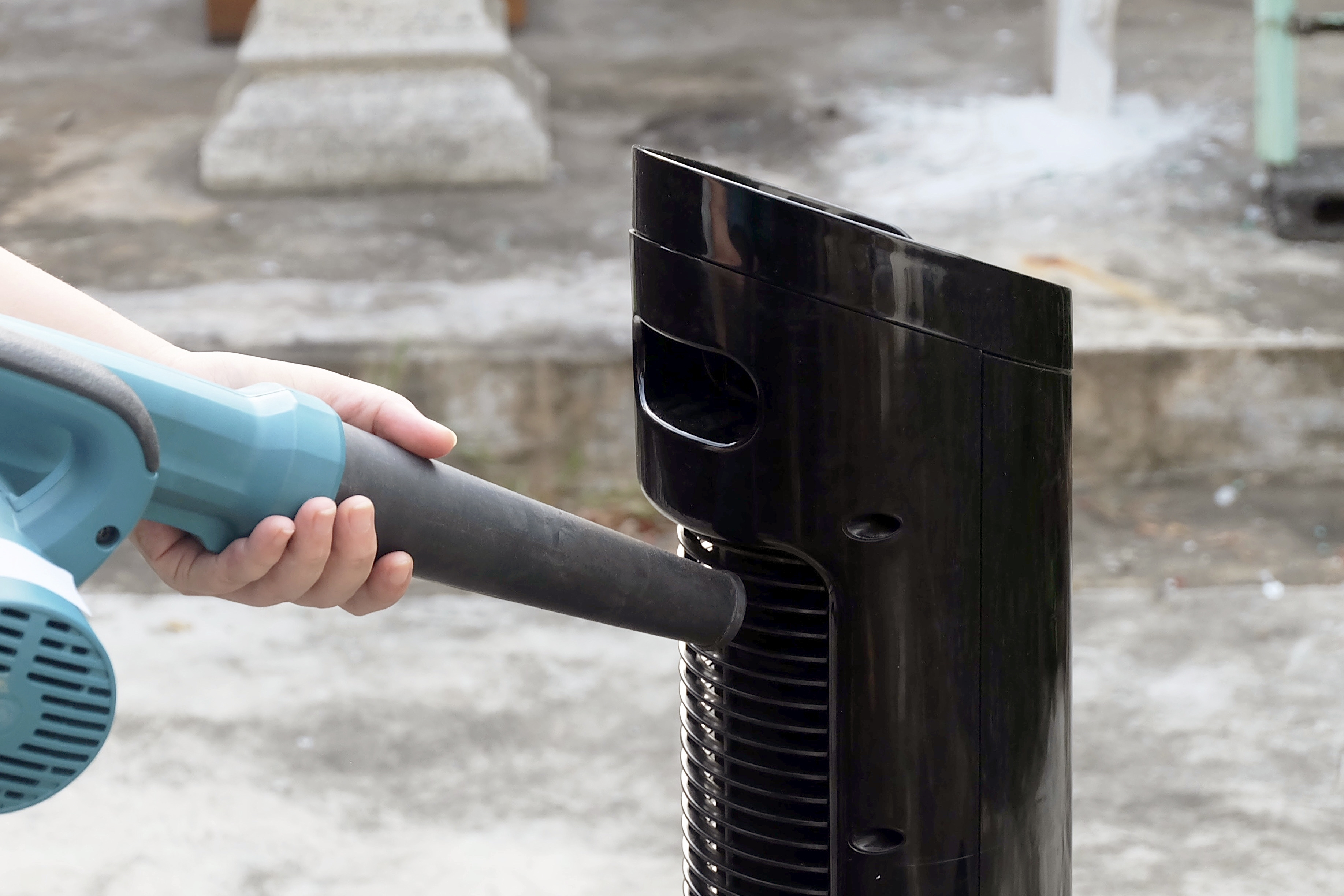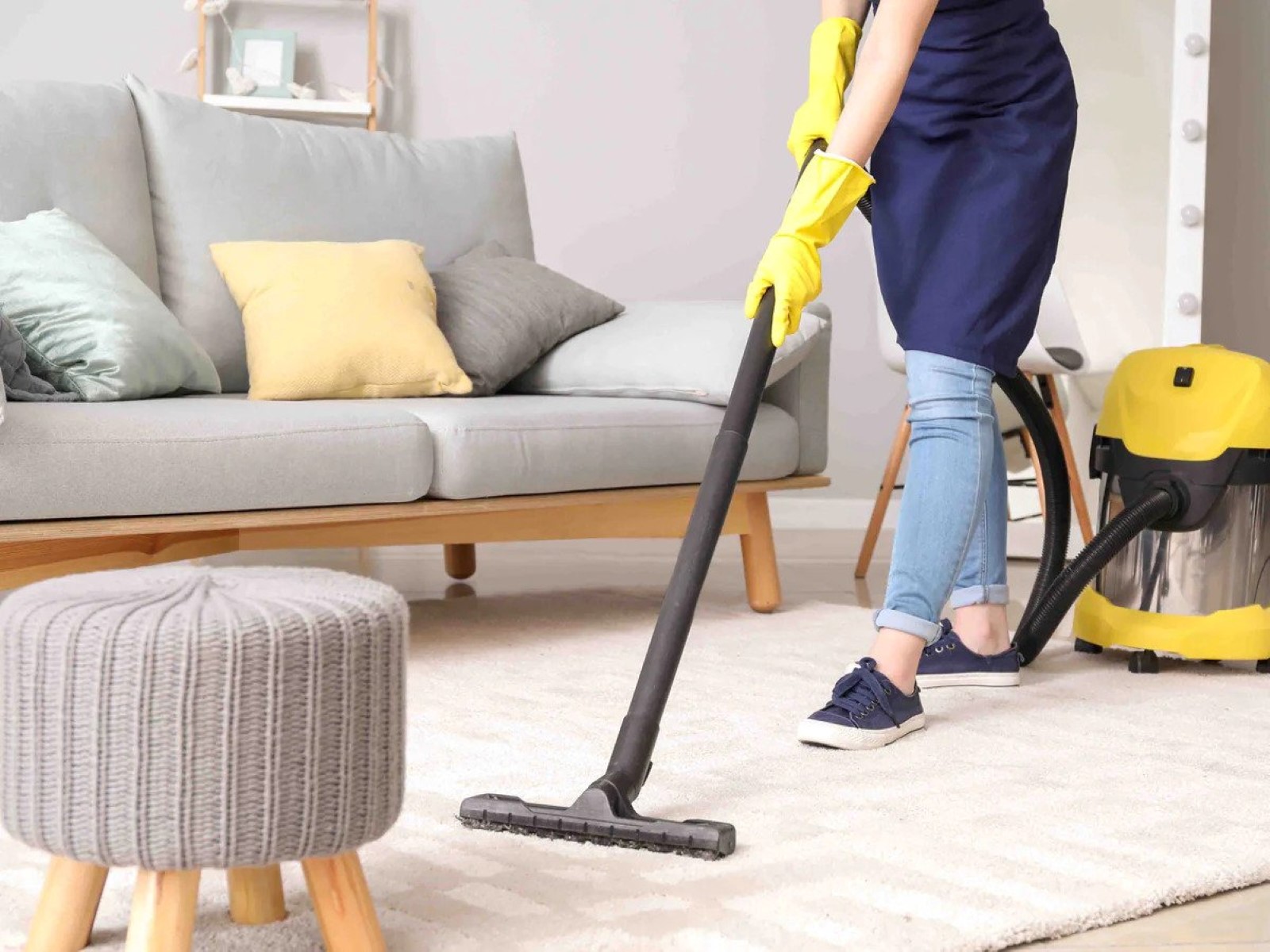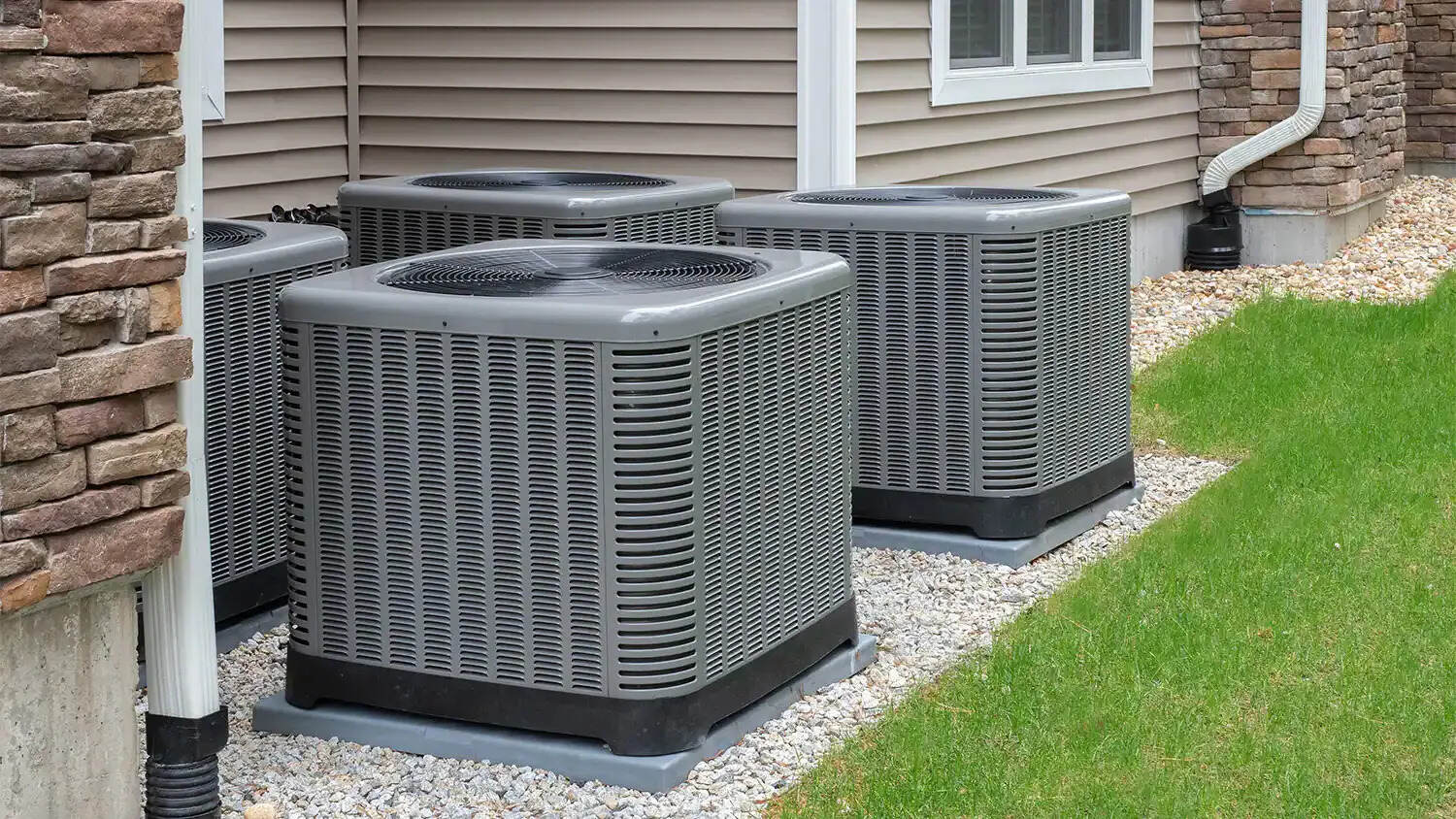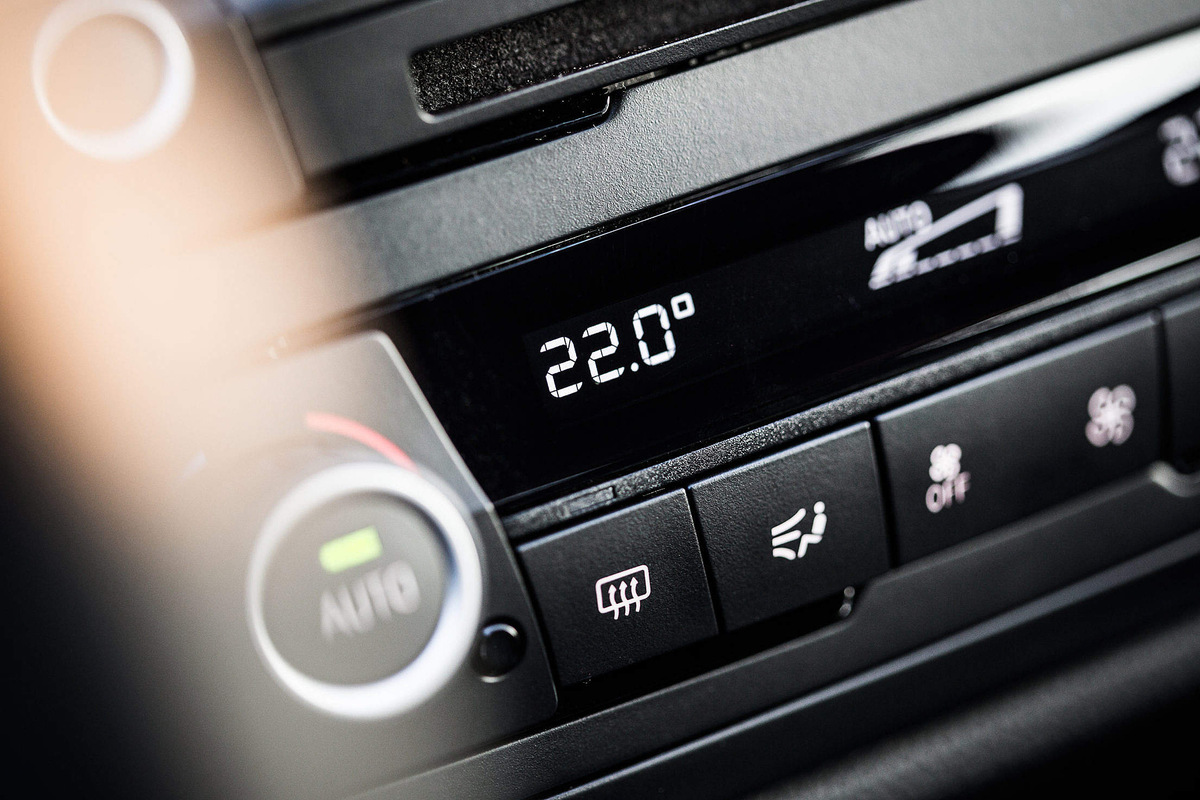Home>Home Maintenance>How Do You Clean An Air Conditioning Unit
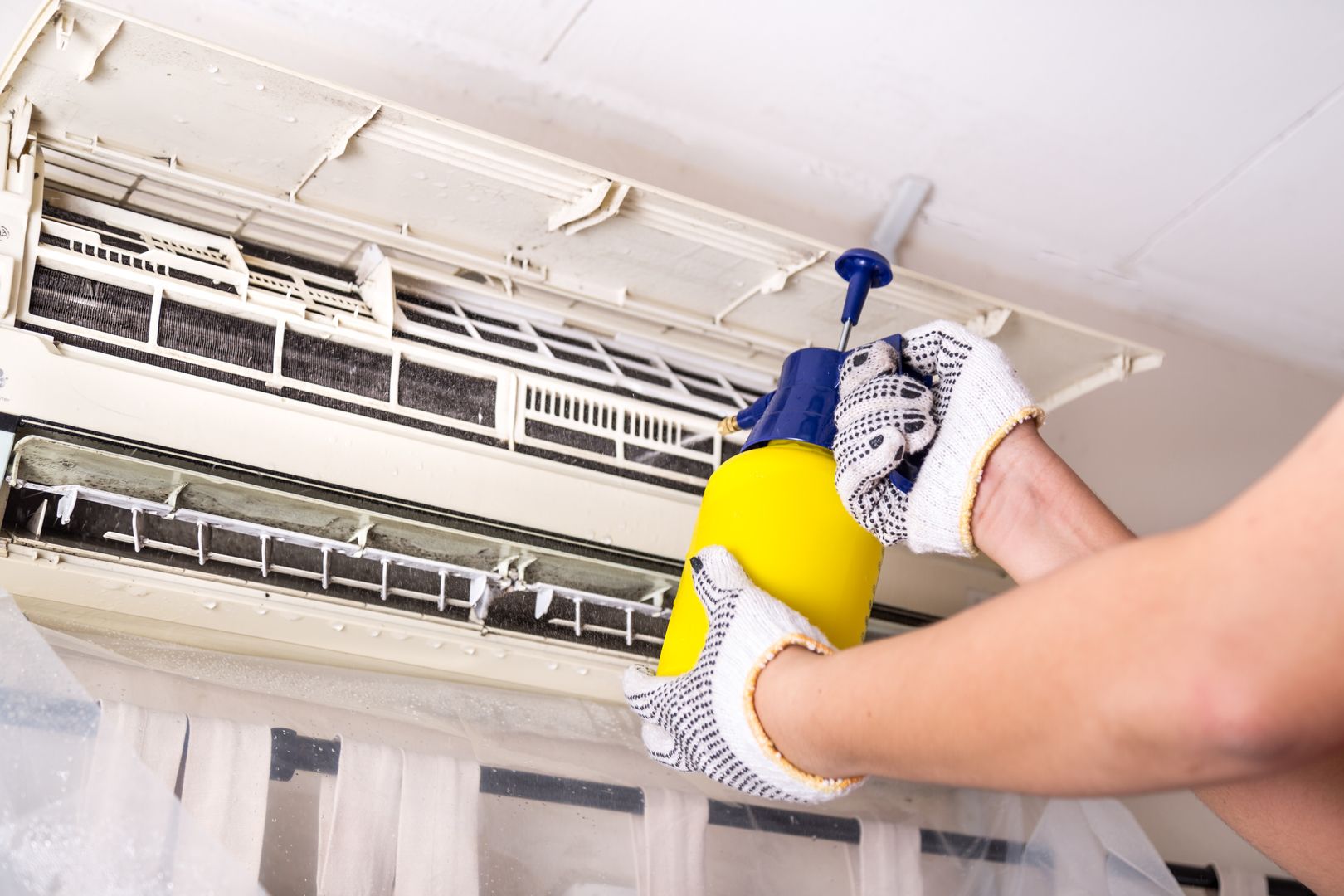

Home Maintenance
How Do You Clean An Air Conditioning Unit
Modified: August 25, 2024
Learn how to clean your air conditioning unit at home with these simple maintenance tips. Keep your AC running efficiently and improve indoor air quality.
(Many of the links in this article redirect to a specific reviewed product. Your purchase of these products through affiliate links helps to generate commission for Storables.com, at no extra cost. Learn more)
Introduction
Welcome to the comprehensive guide on how to clean an air conditioning unit. As we all know, air conditioning plays a crucial role in maintaining a comfortable and cool environment in our homes. However, like any other appliance, it requires regular maintenance to ensure optimal performance and longevity. One crucial aspect of AC maintenance is cleaning. In this article, we will walk you through the step-by-step process of cleaning your air conditioning unit, both the outdoor and indoor components, as well as provide some essential maintenance tips.
Regularly cleaning your air conditioning unit not only improves its efficiency but also helps to maintain good indoor air quality. Over time, dust, dirt, pollen, and other particles can accumulate in the unit, which can affect its functioning and even lead to respiratory issues for you and your family. By following the proper cleaning techniques and incorporating regular maintenance practices, you can keep your air conditioner running smoothly and prolong its lifespan.
Before we dive into the actual cleaning procedures, it’s important to note some safety precautions that should be followed to ensure your well-being. Additionally, gathering the right tools and materials will make the process easier and more efficient. So, let’s get started with a brief overview of the safety measures and the necessary tools you’ll need before cleaning your air conditioning unit.
Key Takeaways:
- Regularly cleaning and maintaining your air conditioning unit is essential for efficient performance, energy savings, and a comfortable home environment. It helps remove dirt, improve air quality, and prevent potential issues.
- By following safety precautions, using the right tools, and avoiding common mistakes, you can ensure a safe and effective cleaning process for your air conditioning unit. Regular maintenance tips contribute to the efficient performance and longevity of your AC.
Understanding the Importance of Regular AC Maintenance
Regular maintenance of your air conditioning unit is essential for several reasons. Firstly, it helps to ensure the efficiency and performance of your AC. Over time, dust, debris, and other particles can accumulate on the coils and filters of your unit, making it harder for the system to cool the air effectively. This can result in higher energy consumption and increased utility bills. By regularly cleaning your AC, you can remove these obstructions and allow the unit to operate at its full potential, saving both energy and money.
Regular maintenance also helps to extend the lifespan of your air conditioning unit. By keeping the components clean and in good condition, you can prevent premature wear and tear. This means fewer repairs and replacements, ultimately saving you money in the long run. A well-maintained AC unit can last for many years, providing you with reliable cooling during hot summer days.
In addition to improving efficiency and prolonging the lifespan of your AC, regular maintenance also contributes to better indoor air quality. Air filters in your air conditioning unit help to trap dust, allergens, and other airborne particles, preventing them from circulating in your home. However, if these filters become clogged or dirty, they can no longer effectively remove these pollutants from the air you breathe. Regularly cleaning or replacing the filters ensures that your indoor air remains clean and healthy, especially for individuals with respiratory conditions or allergies.
Lastly, regular AC maintenance can help identify potential issues before they become major problems. During the cleaning process, it’s important to inspect the various components of your unit, such as the coils, fans, and condensate drain. Any signs of damage or issues can be addressed promptly, preventing further damage and costly repairs. By being proactive in your AC maintenance, you can avoid sudden breakdowns and ensure uninterrupted comfort in your home.
Overall, regular maintenance is vital for the efficient and reliable operation of your air conditioning unit. It improves energy efficiency, extends the lifespan of your AC, enhances indoor air quality, and prevents costly repairs. Now that you understand the importance of regular AC maintenance, let’s move on to the necessary safety precautions you should take before cleaning your unit.
Safety Precautions before Cleaning
Before you start cleaning your air conditioning unit, it’s important to prioritize safety. Here are some essential safety precautions to follow:
- Turn off the power: Before you begin any cleaning or maintenance tasks, make sure to turn off the power supply to your AC unit. This can be done by switching off the circuit breaker or unplugging the unit from the power source. This step is crucial to avoid any electrical accidents during the cleaning process.
- Protect yourself: Wear protective gear such as safety glasses, gloves, and a dust mask to protect yourself from any potential hazards. Cleaning products, dust, and debris can be harmful if they come into contact with your eyes, skin, or respiratory system.
- Secure the area: Ensure that the area around the AC unit is clear and free from any obstacles. This will give you ample space to work and prevent any accidents or damage to nearby objects.
- Check for leaks: Inspect the AC unit for any signs of refrigerant leaks. If you notice any leaks or suspect a problem, it’s best to call a professional HVAC technician to handle the situation. Refrigerant can be harmful to your health and should be handled by trained experts.
- Read the manufacturer’s instructions: Familiarize yourself with the manufacturer’s instructions and guidelines for cleaning your specific air conditioning unit. Different models may have different requirements and guidelines, so be sure to follow them accordingly.
- Be cautious around moving parts: Take extra caution when cleaning or inspecting moving parts of the AC unit, such as fan blades. Make sure the power is off and wait for these parts to come to a complete stop before attempting any cleaning or maintenance tasks.
- Use appropriate cleaning products: Use only approved and recommended cleaning products for your AC unit. Avoid harsh chemicals that could potentially damage the components of the unit. Mild soap or a specialized AC coil cleaner is often sufficient for cleaning purposes.
- Don’t overreach: Use a stable ladder or platform when accessing higher parts of the AC unit. Avoid overreaching or stretching, as this could lead to falls or injury.
By following these safety precautions, you can ensure a safe and problem-free cleaning process for your air conditioning unit. Now that we’ve covered the necessary safety measures, let’s move on to the tools and materials you’ll need for the cleaning process.
Tools and Materials Needed
Before you begin cleaning your air conditioning unit, it’s essential to gather the right tools and materials. Here is a list of what you’ll need:
- Screwdriver: A screwdriver is necessary for removing any panels or covers on the AC unit. Make sure you have a compatible screwdriver that fits the screws on your specific unit.
- Soft Brush or Bristle Brush: A soft brush or bristle brush will come in handy for gently cleaning the coils and other delicate components of the air conditioning unit.
- Water Hose or Pressure Washer: A water hose or pressure washer can be used to rinse off dirt and debris from the outdoor unit. Ensure that you have enough hose length to reach the unit comfortably.
- Vacuum Cleaner: A vacuum cleaner with a brush attachment can be used to remove dust and debris from hard-to-reach areas or vents in the indoor unit.
- Clean Towels or Rags: Clean towels or rags will be useful for wiping down surfaces and drying off components after cleaning.
- Bucket: A bucket will come in handy for mixing cleaning solutions or collecting water during the cleaning process.
- Mild Soap or AC Coil Cleaner: Depending on the condition of your air conditioning unit, you may need a mild soap solution or a specialized AC coil cleaner. Check the manufacturer’s instructions or consult a professional to determine the appropriate cleaning solution for your unit.
- Protective Gloves and Safety Glasses: It’s important to protect your hands and eyes during the cleaning process. Make sure you have a pair of protective gloves and safety glasses to wear as you work.
These are the basic tools and materials you’ll need to clean your air conditioning unit. Keep in mind that the specific tools and materials required may vary depending on the type and model of your unit. It’s always a good idea to refer to the manufacturer’s instructions or consult a professional if you have any doubts or questions.
Now that you have your tools and materials ready, let’s move on to the step-by-step guide on cleaning an air conditioning unit.
Step-by-Step Guide on Cleaning an Air Conditioning Unit
Follow these steps to effectively clean your air conditioning unit:
- Turn off the power: Begin by turning off the power supply to your AC unit. This can be done by switching off the circuit breaker or unplugging the unit from the power source.
- Remove any debris: Clear away any leaves, branches, or debris that may have accumulated around the outdoor unit. This will ensure proper airflow and prevent obstructions during the cleaning process.
- Remove the outer panel or grille: Use a screwdriver to carefully remove the outer panel or grille of the outdoor unit. Set the panel aside in a safe place.
- Clean the condenser coils: With a soft brush or bristle brush, gently clean the condenser coils, removing any dirt or debris. Be careful not to bend or damage the fins on the coils.
- Rinse the coils: Use a water hose or pressure washer to gently rinse off any remaining dirt or cleaning solution from the condenser coils. Make sure the water pressure is not too high to avoid damaging the coils.
- Clean the fan blades: Carefully clean the fan blades using a soft brush or vacuum cleaner with a brush attachment. Remove any dirt or debris that may have accumulated on the blades.
- Clean the condensate drain: Locate the condensate drain and remove any clogs or buildup. You can use a mixture of mild soap and water or a specialized cleaning solution to clean the drain. Make sure the drain is clear and free from blockages.
- Dry the components: Use clean towels or rags to dry off the condenser coils, fan blades, and other components of the outdoor unit. It’s important to ensure that all parts are completely dry before reassembling the unit.
- Replace the outer panel or grille: Once all components are dry, carefully reattach the outer panel or grille to the outdoor unit. Make sure it is securely fastened.
- Move to the indoor unit: Now, let’s move on to cleaning the indoor unit. Start by turning off the power supply.
- Remove the air filters: Locate the air filters in the indoor unit and remove them. These filters can be either reusable or disposable, depending on your AC unit. If they are reusable, follow the manufacturer’s instructions on how to clean them. If they are disposable, replace them with new filters.
- Clean the indoor unit: Use a soft brush or vacuum cleaner with a brush attachment to remove dust and debris from the indoor unit. Pay attention to vents, coils, and other components.
- Replace the air filters: Once the indoor unit is clean and dry, reinsert the air filters. Make sure they are properly lined up and secure.
- Turn on the power: Finally, turn on the power supply to your AC unit and ensure that it is functioning properly. You should also check for any abnormal noises or issues.
Following these step-by-step instructions will help you clean your air conditioning unit effectively. Remember to refer to the manufacturer’s instructions or consult a professional if you encounter any difficulties or have specific concerns about your unit. Now that you’ve cleaned your AC unit, let’s move on to the next step – cleaning the air filters.
Read more: How To Clean Air Conditioning Coils
Cleaning the Outdoor Unit
The outdoor unit of your air conditioning system, also known as the condenser unit, is exposed to the elements and can accumulate dirt, debris, and other contaminants over time. Cleaning the outdoor unit is an important step in maintaining the efficiency and performance of your AC. Here’s how you can clean the outdoor unit:
- Turn off the power: Before you begin cleaning, make sure to turn off the power supply to the AC unit. This can be done by switching off the circuit breaker or unplugging the unit.
- Remove any debris: Clear away any leaves, branches, or debris that may have accumulated around the outdoor unit. This will ensure proper airflow and prevent obstructions during the cleaning process.
- Remove the outer panel or grille: Use a screwdriver to carefully remove the outer panel or grille of the outdoor unit. Set the panel aside in a safe place.
- Clean the condenser coils: With a soft brush or bristle brush, gently clean the condenser coils. These coils can become dirty and clogged with dirt, dust, and other particles. Be careful not to bend or damage the fins on the coils as they are delicate.
- Rinse the coils: Use a water hose or pressure washer to gently rinse off any remaining dirt or cleaning solution from the condenser coils. Start from the top and work your way down to ensure thorough cleaning. Make sure the water pressure is not too high to avoid damaging the coils or other components of the unit.
- Clean the fan blades: Carefully clean the fan blades using a soft brush or vacuum cleaner with a brush attachment. Remove any dirt or debris that may have accumulated on the blades. Ensure that the fan blades are completely clean and free from obstructions.
- Clean the condensate drain: Locate the condensate drain and remove any clogs or buildup. The condensate drain can become blocked by algae, debris, or other particles. Use a mixture of mild soap and water or a specialized cleaning solution to clean the drain. Make sure the drain is clear and free from any blockages.
- Dry the components: Use clean towels or rags to dry off the condenser coils, fan blades, and other components of the outdoor unit. It’s important to ensure that all parts are completely dry before reassembling the unit.
- Replace the outer panel or grille: Once all components are dry, carefully reattach the outer panel or grille to the outdoor unit. Make sure it is securely fastened.
- Turn on the power: Finally, turn on the power supply to your AC unit and ensure that it is functioning properly. You should also check for any abnormal noises or issues.
Cleaning the outdoor unit of your air conditioning system is an important maintenance task that should be performed regularly. By keeping this component clean and free from obstructions, you can ensure efficient airflow and optimal performance. Now that you’ve cleaned the outdoor unit, let’s move on to the next step – cleaning the indoor unit.
Regularly clean or replace the air filters in your air conditioning unit to ensure proper airflow and efficiency. This will also help to improve the air quality in your home.
Cleaning the Indoor Unit
The indoor unit of your air conditioning system is responsible for circulating cool air throughout your home. Over time, dust, dirt, and other pollutants can accumulate in the indoor unit, affecting its efficiency and indoor air quality. Cleaning the indoor unit is an important step in maintaining a clean and healthy environment. Here’s how you can clean the indoor unit:
- Turn off the power: Before you start cleaning, turn off the power supply to the indoor unit. This can be done by switching off the circuit breaker or using the power switch if available.
- Remove the air filters: Locate the air filters in the indoor unit and carefully remove them. These filters are responsible for trapping dust, allergens, and other particles. Depending on your AC unit, the filters may be reusable or disposable.
- Clean the air filters: If you have reusable filters, clean them according to the manufacturer’s instructions. This typically involves rinsing them under running water or using a vacuum cleaner with a brush attachment to remove dust and debris. If you have disposable filters, replace them with new ones.
- Clean the indoor unit: Use a soft brush or vacuum cleaner with a brush attachment to clean the indoor unit. Pay attention to vents, coils, and other components where dust and dirt may accumulate. Be gentle to avoid damaging any delicate parts.
- Check the drain pan: Locate the drain pan beneath the indoor unit. Check for any standing water, debris, or mold growth. If there is excess water or build-up, you can clean it using a mixture of mild soap and water.
- Clean the condensate drain: The indoor unit has a condensate drain that removes moisture from the air. If the drain is clogged, it can lead to water leaks or humidity issues. Use a pipe cleaner or a small brush to clean the drain and ensure it is clear of any obstructions.
- Dry the components: After cleaning, use clean towels or rags to dry off the indoor unit components, including the air filters, vents, and coils.
- Replace the air filters: Once the components are dry, reinsert the air filters into the indoor unit. Ensure they are properly aligned and securely in place.
- Turn on the power: Finally, turn on the power supply to your indoor unit and ensure that it is functioning correctly. Check for any unusual noises or issues.
Cleaning the indoor unit of your air conditioning system is essential for maintaining good indoor air quality and promoting efficient airflow. Regular cleaning of the indoor unit helps in reducing allergens and pollutants, ensuring a healthier living environment. With the indoor unit properly cleaned, you can enjoy cleaner and cooler air in your home. Now that you’ve completed the cleaning process, let’s move on to another important aspect – cleaning the air filters.
Cleaning the Air Filters
The air filters in your air conditioning unit play a crucial role in maintaining good indoor air quality by trapping dust, allergens, and other particles. Over time, these filters can become dirty and clogged, affecting the efficiency and performance of your AC. Cleaning the air filters is a simple yet important task that should be done regularly. Here’s how you can clean the air filters:
- Turn off the power: Before you begin, make sure to turn off the power supply to your AC unit. This can be done by switching off the circuit breaker or using the power switch if available.
- Locate the air filters: In most cases, the air filters are located in the indoor unit of your AC system. They may be behind a panel or accessible from the front of the unit. Refer to your AC unit’s manual or manufacturer’s instructions if you’re unsure of the location.
- Remove the air filters: Carefully remove the air filters from the indoor unit. Depending on your AC unit, the filters may slide out, be secured with clips, or have a latch that releases them.
- Inspect the filters: Take a close look at the filters and assess their condition. If the filters are heavily clogged with dirt and dust, it may be time to replace them. However, if they are only lightly dirty, you can proceed with cleaning them.
- Clean the filters: There are a few different methods you can use to clean the air filters. If they are washable or reusable filters, you can rinse them under running water or soak them in a mixture of mild soap and water. Gently scrub the filters to remove any dirt or debris. If using soapy water, make sure to rinse the filters thoroughly afterwards. Alternatively, you can use a vacuum cleaner with a brush attachment to remove dust and debris from the filters.
- Dry the filters: After cleaning, allow the filters to air dry completely before reinstalling them. Ensure that they are completely dry to prevent mold or mildew growth.
- Reinstall the filters: Once the filters are dry, carefully slide them back into the indoor unit. Make sure they are properly aligned and securely in place.
- Turn on the power: Finally, turn on the power supply to your AC unit and ensure that it is functioning correctly. Check for any unusual noises or issues.
Cleaning the air filters regularly is essential for maintaining optimal performance and indoor air quality in your air conditioning unit. It’s recommended to clean or replace the filters every 1-3 months, depending on factors such as usage, air quality, and the type of filter. By keeping the air filters clean, you can ensure efficient airflow, reduce energy consumption, and promote a healthier living environment. With the air filters properly cleaned, your air conditioning unit will provide cleaner, fresher air for you and your family to enjoy.
Now that you’ve cleaned the air filters, let’s move on to some common mistakes to avoid during AC cleaning.
Cleaning the Condensate Drain
The condensate drain in your air conditioning system plays a crucial role in removing excess moisture from the air. Over time, this drain can become clogged with debris, algae, or other particles, leading to water leaks, humidity problems, and even potential water damage. Cleaning the condensate drain is an important maintenance task that can prevent these issues and ensure the proper functioning of your AC. Here’s how you can clean the condensate drain:
- Turn off the power: Before you start, ensure that the power supply to your AC unit is turned off. This will help to avoid any potential accidents.
- Locate the condensate drain: The condensate drain is usually located near the indoor unit of your air conditioning system. It may be a small pipe or tube connected to the drain pan.
- Inspect the drain: Take a close look at the condensate drain and check for any signs of blockages or buildup. You may notice water pooling near the drain or notice a decrease in the efficiency of your AC system.
- Clean the drain opening: Start by cleaning the opening of the condensate drain. You can use a pipe cleaner or a small brush to remove any visible debris or buildup. Gently insert the pipe cleaner or brush into the opening and carefully clean the edges.
- Mix a cleaning solution: Prepare a mixture of one part bleach and ten parts water. This solution will help kill any algae or bacteria that may be present in the drain. Make sure to wear gloves and ensure proper ventilation when handling bleach.
- Flush the drain with the cleaning solution: Carefully pour the bleach and water mixture into the condensate drain. This will help to clear out any clogs and disinfect the drain. Allow the solution to sit in the drain for several minutes.
- Flush the drain with water: After allowing the cleaning solution to sit, flush the condensate drain with clean water. This will help to remove any remaining debris or bleach residue. You can use a funnel or a small container to pour water into the drain.
- Check for proper drainage: Once you’ve cleaned and flushed the condensate drain, check to ensure that water is flowing freely through the drain. If necessary, repeat the cleaning process or consider calling a professional HVAC technician for assistance.
- Turn on the power: Finally, turn on the power supply to your AC unit and ensure that it is functioning correctly. Check for any water leaks or issues.
Cleaning the condensate drain regularly is essential for maintaining the efficiency of your air conditioning system and preventing water damage or humidity problems. By keeping the drain clear and free from blockages, you can ensure proper drainage and prolong the lifespan of your AC unit. With a clean and properly functioning condensate drain, you can enjoy cool and comfortable air without worrying about any potential issues.
Now that you’ve cleaned the condensate drain, let’s move on to some common mistakes to avoid during AC cleaning.
Read more: How To Clean Air Conditioning Vents At Home
Common Mistakes to Avoid during AC Cleaning
While cleaning your air conditioning unit is important for its optimal performance and longevity, there are several common mistakes that you should avoid to ensure a safe and effective cleaning process. Here are some mistakes to steer clear of:
- Skipping regular maintenance: Regular maintenance is key to keeping your AC in top shape. Don’t neglect routine cleaning and maintenance tasks, as this can lead to reduced efficiency and potential breakdowns.
- Not turning off the power: Always turn off the power supply to your AC unit before starting any cleaning or maintenance tasks. Failure to do so can result in electrical accidents or damage to the unit.
- Using the wrong cleaning products: It’s essential to use the appropriate cleaning products recommended by the manufacturer. Harsh chemicals or abrasive materials can damage the sensitive components of the AC unit.
- Rough handling of components: Be gentle when cleaning the delicate parts of your AC, such as coils and fins. Rough handling can lead to bent or damaged components, impacting the unit’s performance.
- Overlooking safety precautions: Safety should always be a priority. Wear protective gear, such as safety glasses and gloves, to avoid potential injuries. Secure the area around the unit and use stable ladders or platforms when necessary.
- Ignoring the manufacturer’s instructions: Each AC unit may have specific instructions for cleaning and maintenance. Read the manufacturer’s instructions carefully and follow them to ensure proper cleaning and avoid any avoidable mistakes.
- Using excessive water pressure: While it is important to rinse certain components, such as condenser coils, using too much water pressure can damage the fins or other sensitive parts of the unit. Use a moderate water pressure to prevent any harm.
- Not cleaning the condensate drain: Neglecting to clean the condensate drain can result in water leaks or humidity problems. Regularly clean and clear the drain to prevent these issues.
- Overlooking the air filters: Air filters play a crucial role in maintaining good indoor air quality. Clean or replace the filters regularly to ensure proper airflow and prevent excessive strain on the unit.
- Attempting complex repairs without expertise: If you encounter any significant issues during the cleaning process, it’s best to contact a professional HVAC technician. Attempting complex repairs without proper knowledge can lead to further damage or safety hazards.
By avoiding these common mistakes, you can ensure a smooth and effective AC cleaning process while preventing potential damage to your unit. Regular cleaning and maintenance, along with proper care, will contribute to the optimal performance and longevity of your air conditioning system.
Now that you’re aware of these common mistakes, let’s move on to some regular maintenance tips to keep your AC running efficiently.
Regular Maintenance Tips for Efficient AC Performance
Maintaining your air conditioning unit regularly is crucial to ensure efficient performance, energy savings, and a comfortable home environment. Here are some top maintenance tips to keep your AC running smoothly:
- Regularly clean or replace air filters: Dirty air filters can restrict airflow, reduce efficiency, and negatively impact indoor air quality. Clean or replace the filters every 1-3 months, or as recommended by the manufacturer.
- Keep the surrounding area clean: Clear away any debris, leaves, or vegetation that may obstruct the outdoor unit. This allows for proper airflow and prevents the unit from working harder than necessary.
- Check and clean the condenser coils: Over time, the condenser coils can become dirty and reduce the efficiency of your AC. Regularly clean the coils to remove dust and debris, ensuring optimal heat transfer.
- Inspect and clean the condensate drain: The condensate drain can become clogged with debris or algae, leading to water leaks or humidity issues. Regularly clean the drain to prevent blockages and ensure proper drainage.
- Inspect and clean the fan blades: Dust and debris can accumulate on the fan blades, affecting their performance. Regularly clean the fan blades using a soft brush or vacuum cleaner to ensure seamless operation.
- Check the thermostat: Ensure that the thermostat is functioning correctly and set at the desired temperature. Consider upgrading to a programmable thermostat to optimize energy usage and maintain comfort.
- Inspect electrical connections: Regularly check the electrical connections to ensure they are secure and free from corrosion. Loose connections can cause inefficiency and potential safety hazards.
- Schedule professional maintenance: Consider scheduling annual maintenance with a professional HVAC technician. They can perform a thorough inspection, clean and lubricate components, and identify any potential issues before they become major problems.
- Monitor energy consumption: Pay attention to your AC’s energy consumption. Unusually high energy bills may be a sign of inefficiency or underlying problems. Regular maintenance can help improve energy efficiency.
- Keep vents and registers unobstructed: Ensure that vents and registers are not blocked by furniture, rugs, or other objects. This allows for proper airflow and balanced cooling throughout your home.
- Consider professional duct cleaning: Over time, dust, allergens, and debris can accumulate in your ductwork, affecting indoor air quality and efficiency. Professional duct cleaning can help remove these contaminants and improve overall system performance.
By following these regular maintenance tips, you can ensure the efficient performance and longevity of your air conditioning unit. Remember, prevention is key, and staying proactive in maintaining your AC will save you from costly repairs and keep your home comfortable year-round.
Now that you have a comprehensive understanding of AC maintenance, from cleaning the unit to regular maintenance tips, you can confidently take care of your AC system and enjoy cool and refreshing air when you need it the most.
If you have any major issues or concerns with your AC, it’s always recommended to consult a professional HVAC technician for assistance.
Stay cool!
Conclusion
Maintaining a clean and properly functioning air conditioning unit is crucial for ensuring a comfortable home environment and optimizing energy efficiency. Through regular cleaning and maintenance, you can improve the performance and longevity of your AC system. From cleaning the outdoor and indoor units to regularly replacing air filters and checking for any issues, taking care of your AC goes a long way in providing cool and refreshing air during the hot summer months.
By understanding the importance of regular AC maintenance, you can prevent potential problems, such as reduced efficiency, water leaks, and poor indoor air quality. Regular cleaning of the outdoor unit helps remove dirt and debris, while cleaning the indoor unit and air filters eliminates dust, allergens, and other pollutants, ensuring better air circulation and promoting good indoor air quality.
Furthermore, by following safety precautions, using the right tools and materials, and avoiding common mistakes, you can ensure a safe and effective cleaning process. Regular maintenance tips, such as keeping the surrounding area clean, checking the condenser coils, inspecting electrical connections, and scheduling professional maintenance, contribute to the efficient performance and longevity of your AC unit.
In conclusion, proper AC maintenance is essential for efficient performance, energy savings, and a comfortable living space. By incorporating these maintenance practices into your routine, you can enjoy a well-functioning and energy-efficient air conditioning system that provides reliable cooling for years to come. Remember, when in doubt or faced with complex issues, always consult a professional HVAC technician to ensure the best care for your AC unit.
Stay cool, breathe easy, and enjoy the comfort of your home with a well-maintained air conditioning unit!
Frequently Asked Questions about How Do You Clean An Air Conditioning Unit
Was this page helpful?
At Storables.com, we guarantee accurate and reliable information. Our content, validated by Expert Board Contributors, is crafted following stringent Editorial Policies. We're committed to providing you with well-researched, expert-backed insights for all your informational needs.
